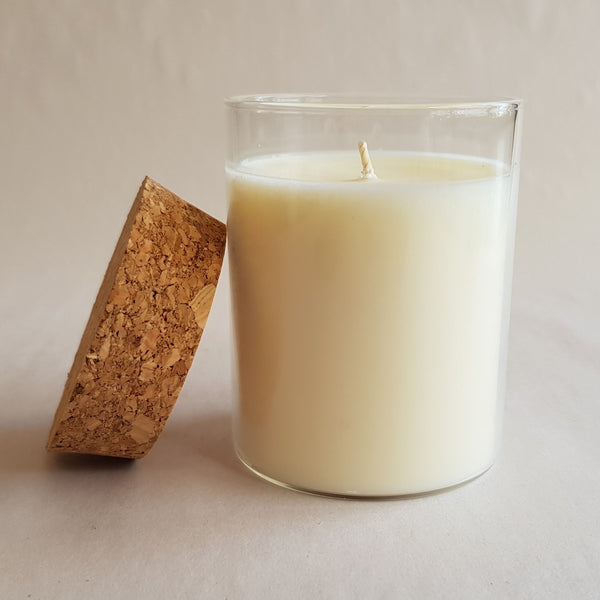Illuminate Your Setting with Crystal Soy Candles and Home Fragrance
Illuminate Your Setting with Crystal Soy Candles and Home Fragrance
Blog Article
From Wick to Wax: Recognizing the Chemistry Behind Soy Wax Candles and Their Environmental Impact
As we brighten our rooms with the warm glow of candles, there exists a realm of intricate chemistry behind the seemingly straightforward act of lighting a soy wax candle. Join us as we unravel the clinical details behind soy wax candle lights and discover their effects on our environment.
Soy Wax Vs. Paraffin Wax
When comparing soy wax and paraffin wax for candle making, it is vital to understand the distinctive qualities and advantages of each material. Soy wax is an all-natural, eco-friendly source stemmed from soybean oil, making it naturally degradable and green - soy wax candles. On the other hand, paraffin wax is a by-product of oil refining, which elevates problems regarding its ecological impact and sustainability
Soy wax candle lights melt cleaner and emit less soot contrasted to paraffin wax candle lights, making them a healthier option for indoor air high quality. Additionally, soy wax has a lower melting point, permitting a longer-lasting candle that distributes scent better. Paraffin wax, on the other hand, tends to burn faster and less easily, potentially launching unsafe chemicals into the air.
From a sustainability perspective, soy wax is preferred for its biodegradability and eco-friendly sourcing, straightening with the expanding customer preference for ecologically conscious products. While paraffin wax has actually been a standard choice in candle light making because of its cost and ease of use, the change towards environment-friendly options like soy wax is gaining momentum in the sector.
Chemical Structure of Soy Wax

Burning Refine in Soy Candles
The chemical make-up of soy wax straight influences the burning procedure in soy candle lights, affecting elements such as shed time, fragrance launch, and ecological effect. When a soy candle light is lit, the warmth from the fire melts the wax near the wick.
The combustion effectiveness of soy candle lights is affected by the purity of the soy wax and the quality of the wick. Furthermore, soy wax candles have a reduced environmental influence compared to paraffin candle lights due to their biodegradable and renewable nature.

Environmental Benefits of Soy Wax

Considered a lasting option to traditional paraffin wax, soy wax provides notable ecological advantages that make it a popular option among eco-conscious consumers. Soy wax burns cleaner and generates much less soot than paraffin wax, adding to better indoor air top quality and minimizing the need for cleaning and upkeep. Generally, the ecological advantages of soy wax align with the expanding demand for environment-friendly and lasting products in the market.
Recycling and Disposal Considerations
Reusing and appropriate disposal of soy wax candle lights play an essential role in preserving environmental sustainability and minimizing waste in neighborhoods and families. When it comes to recycling soy wax candles, the initial action is to make sure that the candle has shed completely.

In terms of disposal, if recycling is not a choice, soy wax candles are biodegradable and can be securely thrown away in most family waste systems. It try this web-site is constantly suggested to check with neighborhood recycling centers or waste management services for particular guidelines on candle light disposal to ensure appropriate handling and ecological protection.
Final Thought
Finally, the chemistry behind soy wax candle lights exposes their ecological advantages over paraffin wax candles. Soy wax, originated from soybean oil, burns cleaner and creates less soot when contrasted to paraffin wax. The combustion process in soy candles is more efficient, leading to a longer and much more also shed. Additionally, soy wax is eco-friendly and naturally degradable, making it an extra sustainable choice for candle light production. Recycling and correct disposal of soy wax candle lights additionally add to their environmental effect.
When comparing soy wax and paraffin wax for candle making, it is essential to recognize the distinctive attributes and advantages of each material (soy candles).Soy wax candles melt cleaner and send out less soot contrasted to paraffin wax candle lights, making them a healthier selection for interior air quality.Considered a lasting choice to typical paraffin wax, soy wax offers noteworthy ecological benefits that make it a popular option amongst eco-conscious customers. Soy wax other burns cleaner and generates much less soot than paraffin wax, contributing to much better interior air high quality and decreasing the need for cleaning and maintenance.In conclusion, the chemistry behind soy wax candles exposes their ecological benefits over paraffin wax candle lights
Report this page